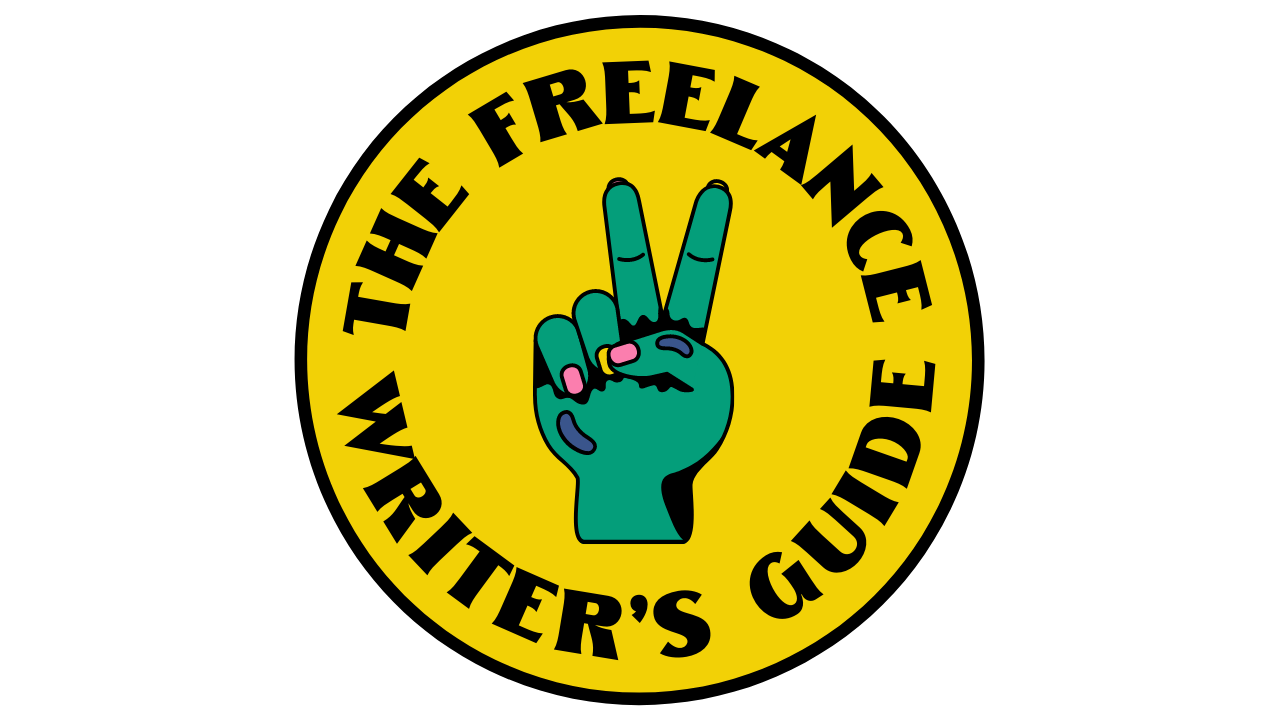4 Considerations When Setting Your Rates as a Freelancer
These days, it is becoming increasingly challenging to get a job in this competitive market. For many people, finding a job that aligns with their aspirations and skill levels takes months to over a year. As tough as the labor market is today, many consider working independently as a freelancer.
After all, freelancers enjoy more freedom and flexibility in their work, and their earnings are under their control. Like many new freelancers, you are most likely wondering how to set your rates. Take a strategic approach that factors in a few top components.
1. Consider Your Experience and Skill Level
Your expertise and experience are one way to set a competitive rate. Consider assessing how long you have worked in your industry and use that to check the going rate. For example, a new software developer would charge a lower rate based on their need for more experience.
According to the Bureau of Labor Statistics, software developers made between $37.03 and $100.30 per hour as of May 2023. If you are new to your industry, you can expect to start at a lower rate and increase it as you gain more skills and knowledge.
2. Factor in Potential Liability
Depending on your industry and what type of work you’re taking on, you can be liable for compensation if you break certain guidelines.
For instance, if you’re working on sponsored or influencer content, you’ll be responsible for adhering to Federal Trade Commission (FTC) guidelines. Failing to do so can lead to hefty fines. Because of this risk, charging a higher rate for higher-risk work to cover potential legal costs is wise.
3. Consider Market Demand
The market demand is another factor that determines your rates as a freelancer. You can often charge higher rates if your expertise is in more demand. For example, if there is a surge in demand for web developers, those with this skill set can command better pay.
To set a competitive rate, analyze the market and understand the current demand for your services. You can assess this by looking at community forums and related news to inform yourself about industry trends and competitor pricing.
4. Calculate Your Taxes and Expenses and Assess Income Goals
A positive outlook on future salary increases is common among freelancers. According to an Upwork report, 76% feel optimistic about earning more over time. As you gain experience, you will continue setting higher rates to achieve your desired annual income goal.
However, a crucial consideration in setting these goals is taxes and expenses. Calculating your costs and tax obligations lets you set a rate that meets your financial needs while supporting your long-term income growth.
Setting Your Rates as a Freelancer
Whatever your industry, you must consider various factors before setting your rates as a freelancer. While it may take time, carefully considering how each element influences your rates ensures you put a price that reflects your value. As a result, you will be better off financially and set yourself up to achieve long-term success.
If you still need help setting your rates as a freelancer, download our free rate calculator or book a coaching session with Colleen.
